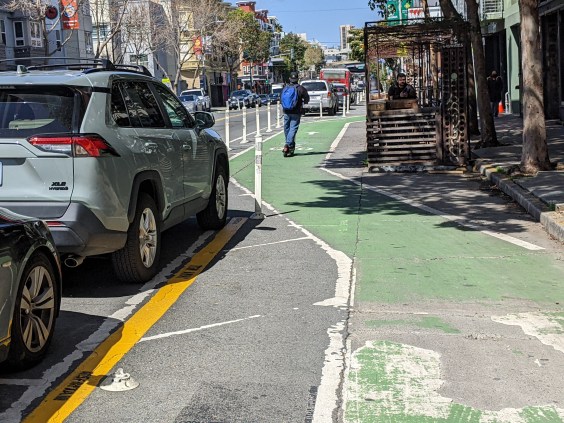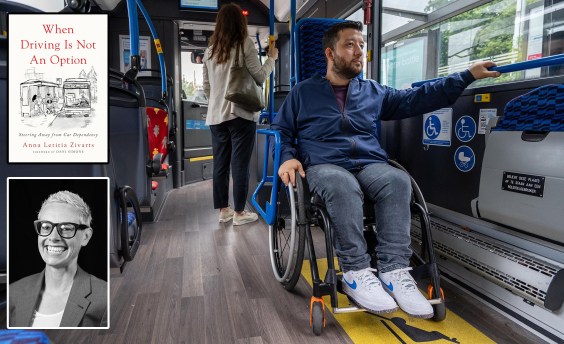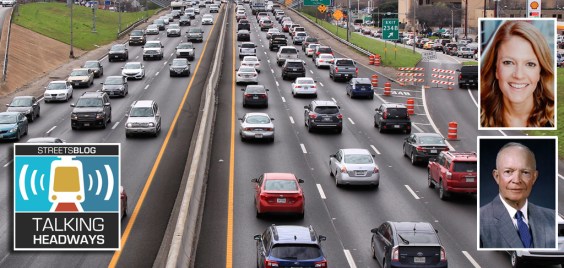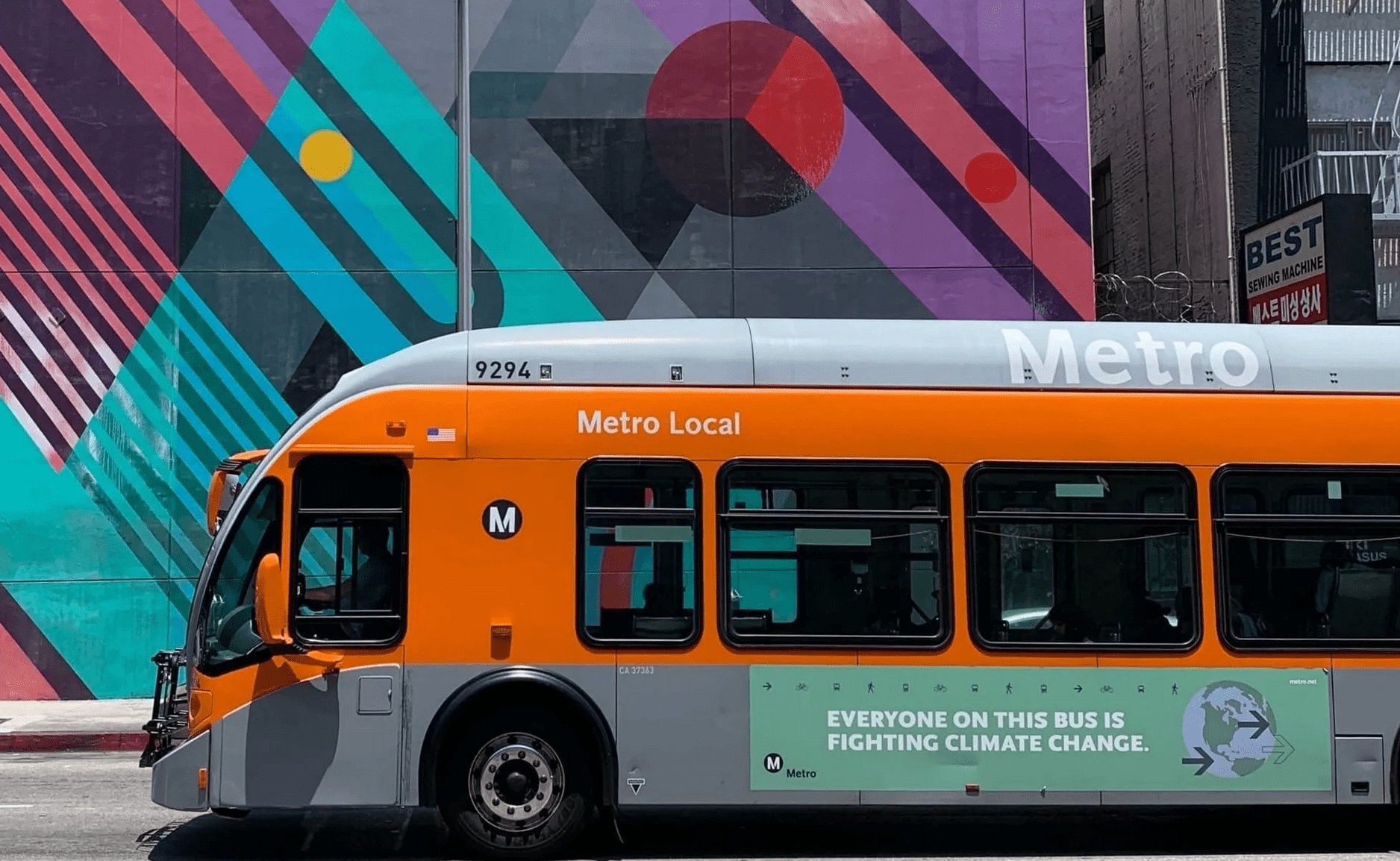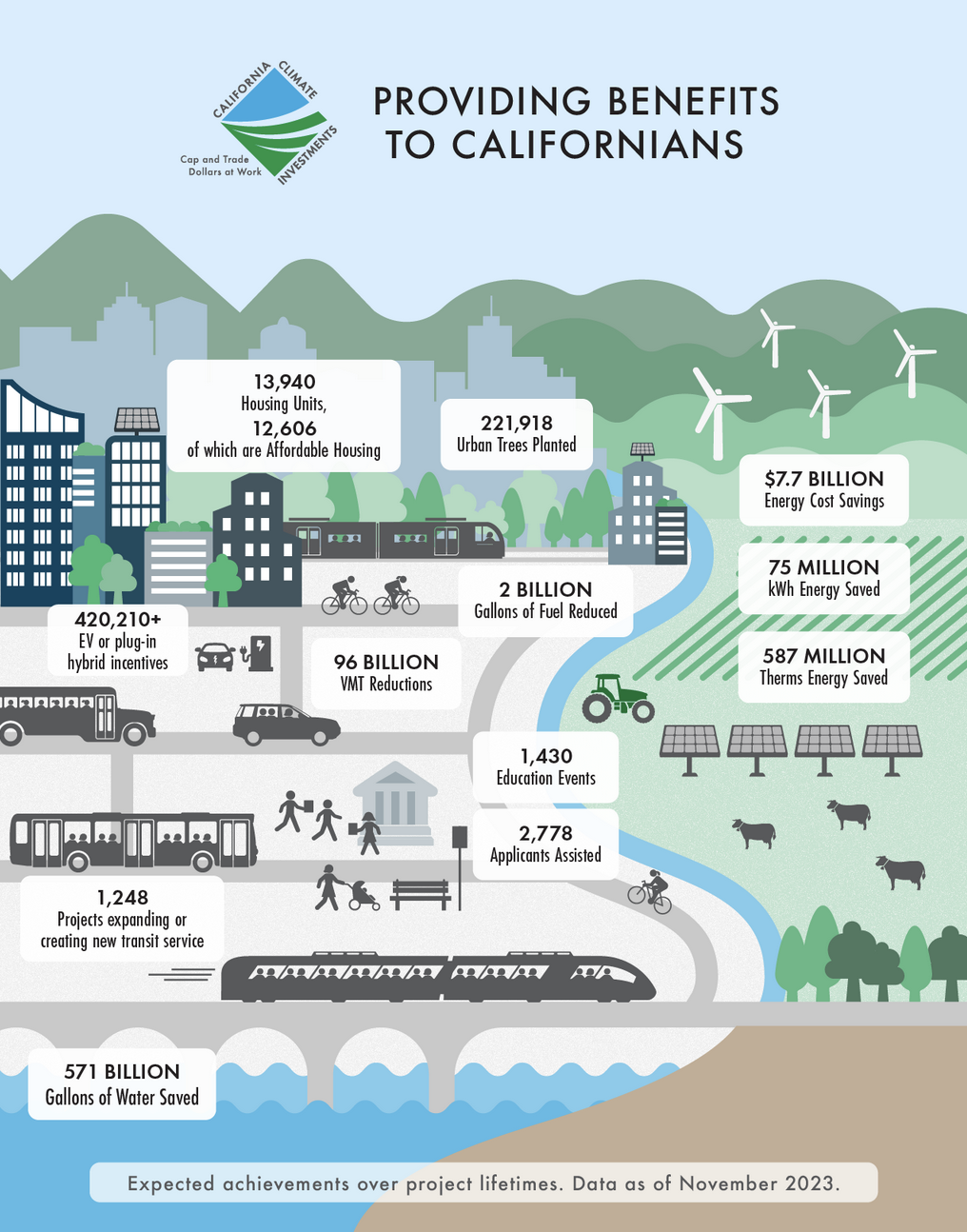Trying to Find the Truth in the Latest LA Times, NY Times CA High-Speed Rail Pieces
5:24 PM PDT on August 1, 2018
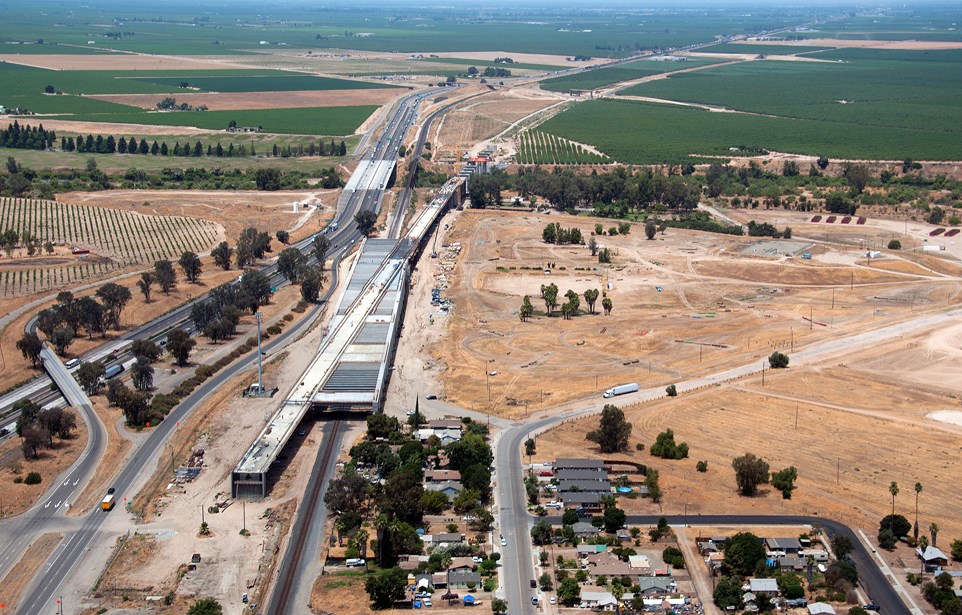
California High Speed Rail San Joaquin River Viaduct under construction in Fresno in 2018. Photo via CAHSRA
Earlier this week, both the New York Times and the L.A. Times published articles on California high-speed rail.
The NYT tells the overall story in an informative and fairly balanced way. The L.A. Times continues its long history of misleading high-speed rail articles by Ralph Vartabedian.
For Vartabedian's latest piece, 'Calculations show bullet train can complete the route within 2 hours and 40 minutes. Reality may prove slower,' the newspaper used the public records act to request raw data on scheduling simulations from the California High Speed Rail Authority (CAHSRA). These simulations show that CAHSRA has designed its system to complete a two-hour, 40-minute trip between L.A. and San Francisco, which is the trip length approved by voters in 2008.
Hmm... Agency promises schedule. Voters approve. Computer simulations show that the designs meet the promised schedule. Shouldn't this story be about a government agency making good on a pledge?
Well, not if it's the L.A. Times reporting on high-speed rail.
There's a rail vs. cars double standard here. Delivering on pledges is something that California's freeway-builders routinely fail to do. Caltrans, using discredited Level of Service predictions, repeatedly boasts that its multi-billion dollar freeway widening projects reduce congestion and improve air quality. The Times gives rail projects hell for cost overruns and performance predictions. Freeway expansion projects apparently don't merit anywhere near the same scrutiny from the Times.
Vartabedian, using a playbook common among lazy, biased transit journalists, quotes rail critics such as Robert Poole, a transportation "expert" at the Reason Foundation--which is a 'think tank' (that is, a lobby group) funded by the Koch Brothers and ExxonMobil, among others.
Vartabedian cites a 2015 report from the Spanish firm Sacyr Concesiones S.L., which, he says, states that “220 mph is higher than most if not all standard commercial speed for HSR, since it goes beyond the operating speed of similar HSR currently operating anywhere in the world." He goes on to write that:
Many transportation experts, including state staff and independent analysts, have long dismissed the probability that any operational California bullet train will meet the two-hour-40-minute timetable. A state-appointed peer review panel warned the legislature in 2013 that “it is unlikely that trains would actually be scheduled to run during normal hours of operation within … 2 hours 40 minute limits.”
Let's clear a few things up.
On page 11 of Proposition 1A, which voters approved in 2008 and the legislature affirmed in 2012, this statement appears: "maximum nonstop service travel times for each corridor. . . shall not exceed the following: (1) San Francisco-Los Angeles Union Station: two hours, 40 minutes."
Key there is "maximum nonstop service travel times."
So, yes, it's likely that few trains will make it in two hours and 40 minutes. The CAHSRA would probably operate one peak morning train and one peak evening train to get business travelers between S.F. and L.A. in time for morning meetings and then home again for dinner. That's the letter and the intent of the voter-approved Prop. 1A.
But most other trains would make intermediate stops, say in Burbank, Fresno, and San Jose, and a few local trains would stop at smaller stations as well. Those runs would take closer to three hours from L.A. to S.F.--still very competitive with air travel, when one factors in the trip to the airport, delays on the tarmac, etc. Train systems in Asia and Europe that have similar run times have taken huge market share from airports. This is how they operate.
Vartabedian goes on to write that:
The Japanese Shinkansen, the inspiration for all of the world’s high speed trains, operates between Tokyo and Osaka, a distance of 344 miles. The fastest trip takes two hours and 22 minutes, yielding an average speed of 145 miles per hour, according to Japanese Railway schedules. The French Train à Grande Vitesse, or TGV, operates the Paris to Lyon line over 243 miles and takes one hour and 59 minutes, according to TGV schedules. The average speed is 121 miles per hour.
But the Los Angeles to San Francisco route, which would traverse three mountain ranges and five of the 10 largest cities in the state, is supposed to travel 438 miles in 2 hours and 40 minutes — requiring an average speed of 164 miles per hour.
These numbers are valid, but let's get a little perspective.
The Tokyo-Osaka Shinkansen, although it has since been upgraded, was originally built in the 1960s. The French TGV line that Vartabedian has chosen to highlight was designed and built in the late 1970s/early 1980s.
Why not look at a newer line? Such as, say, the Chinese Beijing–Shanghai high-speed railway, which runs at 220 mph (speeds were lowered temporarily but resumed this top speed last year). The French TGV, in tests, has reached a whopping 357 mph. That still holds the record, set in 2007, for a train on steel rails. Many other rail manufacturers have greatly exceeded the speeds referenced by the L.A. Times.
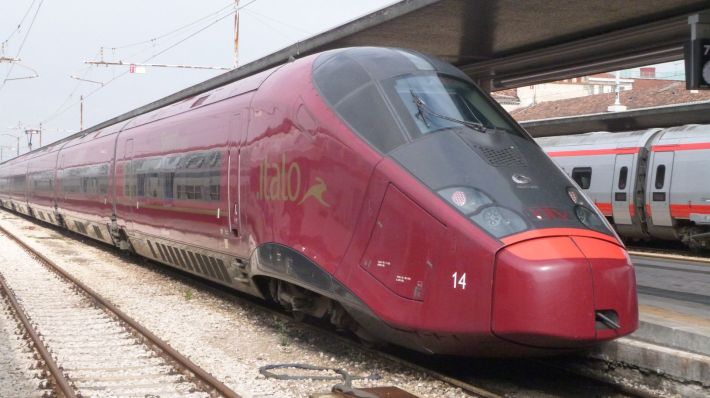
That said, there is a trade-off between how fast a train can go and how much it will cost in electricity and track wear.
In order to make higher speeds more economically feasible, rail manufacturers are constantly improving their equipment to reduce weight and power consumption. Off-the-shelf trains already exist that can fulfill that 220 mph speed requirement within the economical threshold of power consumption and weight. China has them, as noted above. There's also the French Automotrice à grande vitesse, (AGV), which can cruise at 220 mph while consuming the same or less power than France's current fleet. Manufacturers in other countries also have trains in operation that should be able to handle California's mandate.
Vartabedian also writes that CAHSRA will depend on "human train operators consistently performing with the precision of a computer model." Well, that's already done around the world, since high-speed rail trains are basically controlled by computers--the train driver is in the system to make sure nothing goes wrong. In fact, there's a famous case of a Japanese Shinkansen driver who fell asleep, and the train continued along at 170 mph, eventually pulling itself into the next scheduled station without incident.
There is no doubt that the first train to use California's high-speed track spine in the Central Valley will not fulfill the speed requirements right out of the gate. Opponents of the project seem unaware--or deliberately obfuscate--that high-speed trains can (and do) slow down and use existing tracks.
If there's a criticism to be made of the CAHSRA, it's that it has not yet spelled out plans for intermediate services that could run while Californians wait for the full build-out of the system. For example, there are tracks--currently used by Amtrak--connecting Oakland to the northern end of CAHSRA's 119-mile Central Valley spine. High-speed trains could use those tracks--towed by conventional diesel locomotive for part of the trip--to offer a much-improved Amtrak service.
That type of stepped approach is how high-speed rail was built in many places.
One example is the Eurostar train between Paris, Brussels, and London. From 1994 to 2007, this high-speed train went around 186 mph from Paris to the Channel Coast. When it popped up on the British side, it slowed to 90 mph or slower, and shared tracks with commuter trains--much as CAHSRA plans to do with shared Bay Area Caltrain service--because the UK originally didn't want to spend the money to build a dedicated high-speed line to the coast. Specially designed trains could run on both France's dedicated high-speed lines, which have overhead lines for power, and the UK's third-rail-powered tracks. The total trip from London to Paris with this 'blended approach' took around three hours. Over time, more high-speed segments were built and train speeds increased. The Eurostar now takes about two hours and 20 minutes to do the same trip. And the newest trains go 200 mph. There's also the Sables d'Olonne service in France, which uses a TGV towed by a diesel locomotive to provide a one-seat ride from Paris, traveling at high speed for part of the trip, and then at low, Amtrak-like speeds on other portions.
Vartabedian concludes with a Reason Foundation quote asserting that Florida's future Brightline higher-speed rail would be a better, cheaper model. Brightline opened in January, expanded in May, and is operating successfully. It's not news that building a ~100 mph facility is cheaper than a 220 mph one. The comparison is apples to oranges--or perhaps house-cats to cheetahs. Basically, Brightline is running at similar speeds to some of today's Amtrak lines--albeit with more up-to-date trains both inside and out.
But the difference is true high-speed trains are transformative--on most corridors in Europe and Asia, airplanes are now the discount, low-ball way to travel, because high-speed rail has taken over the business market almost entirely. Perhaps that's why an oil-backed group such as Reason is willing to throw a bone to Brightline--it's nice, but it's no threat to the dominance of petroleum-dependent, heavily subsidized transportation (mainly cars and airplanes).
Back to this week's other HSR article, the New York Times 'A $100 Billion Train: The Future of California or a Boondoggle? ' by Adam Nagourney.
If you only read one high-speed rail article this week, we recommend the piece in the NYT, which paints a much more balanced picture of a project that has faced a lot of adversity, but is getting built anyway.
Nagourney's recap of the project's tortured finances is an important recap for readers not steeped in the intricacies of CA high-speed rail funding. In 2008, voters approved $10 billion as a down payment on the rail system, under the assumption that, as with highway projects, the federal government would be an investment partner in this key transportation infrastructure. From the NYT:
The cost was originally supposed to be split among the state, the federal government and private business. But that arrangement faltered, as hopes for federal dollars faded with Republicans in power in Washington, and businesses shied away from such an uncertain venture. As of now, the rail authority has come up with less than $30 billion...
Nagourney's piece includes plenty of project criticism. He quotes former Fresno mayor, now state assemblymember Jim Patterson, as saying “This is going to be the most expensive and slowest form of fast rail imaginable.” This is just hyperbole from someone who has always opposed the project. There's no way that California's high-speed rail will be the "slowest" anything.
But, in contrast with the L.A. Times, the N.Y. Times at least attempts to find a balance. Nagourney ends the piece on an optimistic note, quoting Karen Philbrick, executive director of the Mineta Transportation Institute:
Approximately two dozen other countries have found HSR feasible, including Uzbekistan... there is no reason it can’t be done here.
Read More:
Stay in touch
Sign up for our free newsletter
More from Streetsblog California
Commentary: Making Valencia Better for Business
Curbside protected bike lanes with curbside parklets deliver on much-needed economic benefits for merchants while ensuring safety for all
The Dawn of the ‘Non-Driver’ Movement: A Conversation with Anna Zivarts
"At the end of the day, there are going to be folks who still can't drive and can't afford to drive — and there are still going to be a lot of us."
Talking Headways Podcast: Highway Fighting in Texas
Jeff Wood talks to Megan Kimble about an amazing footnote to the creation of the Interstate Highway system.
Thursday’s Headlines
Top climate scientists are alarmed but determined; Growing local transit, making it safe; Planning for car-free cities; What Malibu is doing to make PCH safer; More
California Leaders Celebrate Ten Years of Climate Action
Air Resources Board report highlights progress funded by the California Cap-and-Trade Program
